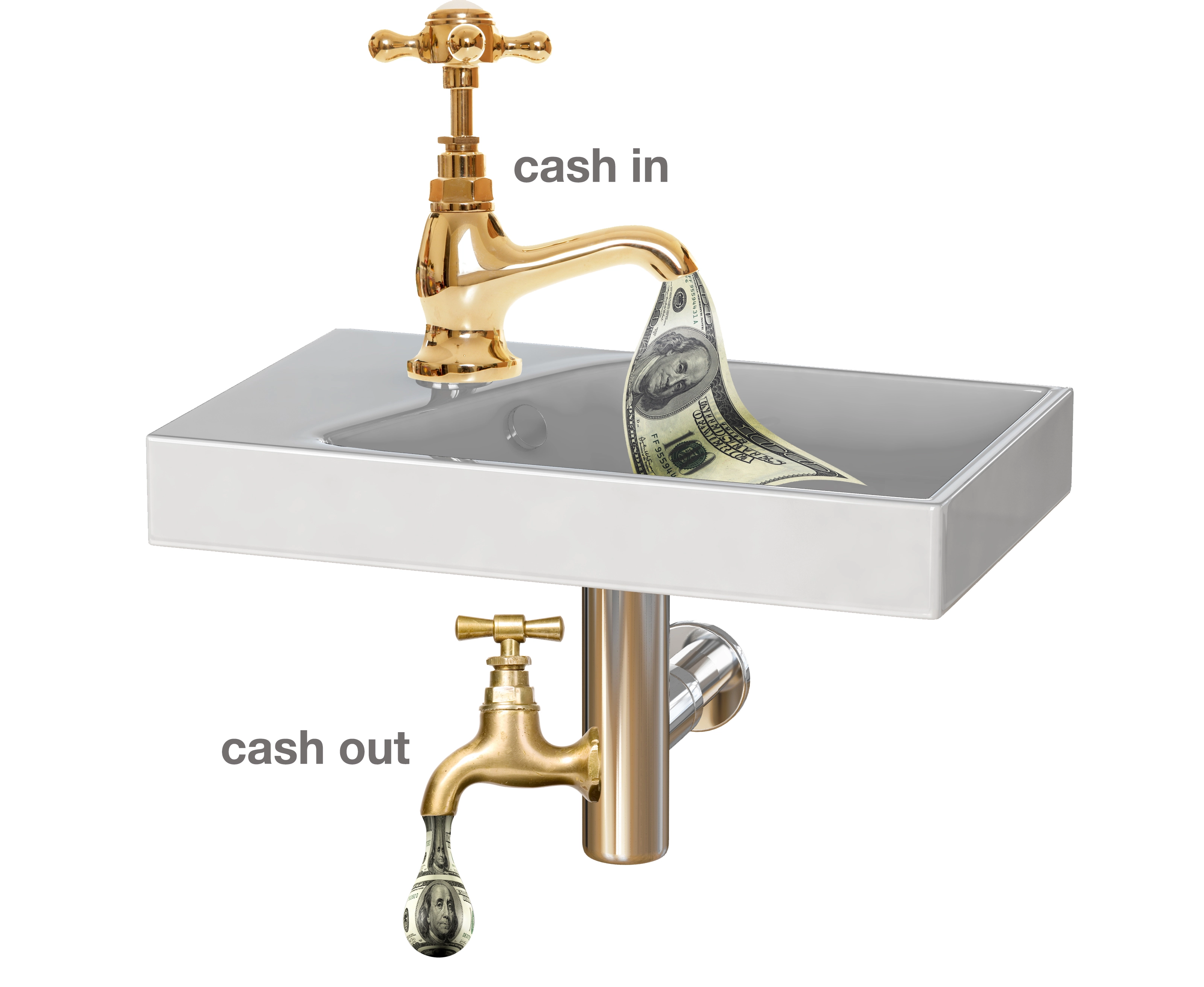Employee engagement means an entire team is reaching for and achieving sales and profit targets.
The best run companies share company goals, objectives, and rewards with their employees. The entire company then focuses on the achievement of these goals. Each employee knows how his job fits into the overall picture. Many, but not all, share financial data with their employees so they know how they impact profitability, too. Financial data may be shared in broad brush strokes (e.g., we increased sales X% this month) or may be shared in detail (with the exception of salary data).
I have found that the companies that focus their entire team on goals and communicate how they are progressing to reach those goals usually have better sales and profits, and lower employee turnover rates than those that don't. When business opportunities and threats occur, employees often come up with great ways to take advantage of opportunities and deal with threats. When an employee isn't being productive, which affects everyone's bonus, I've seen employees make it so miserable for the non-productive worker that he quits.
So how do you get your employees involved with goal setting? First, if you've never done this before, they have to know that you are serious and that they can trust you. Trust means that you will take their ideas seriously, implement as many as you can, explain why you can't implement some ideas yet, and won't ridicule ideas you think are nuts. In fact, it's often the "nutty ideas" that set you apart from your competition.
For large companies, break the goals into department goals. Each department has its own goals, which are incorporated into overall company goals. Each department manager is responsible for getting his team involved with the goal-setting process and establishing the goals with his team as well as goal implementation and feedback.
For smaller companies, have goals for each of the functional areas with everyone in that area contributing to the creation and achievement of those goals.
Remember, if you set the goals for the organization they are your goals...they are not the company goals. If you want to achieve certain goals, you have to get your employees to buy into them (or think of them by themselves). If employees help set goals, you will achieve more than you ever thought possible.
So, how do you get employees involved? By simply asking.
On the surface this seems too easy. However, if you truly want to get information and ideas that can be put to good use, you have to do this in a specific manner. First, let everyone know that you are serious about reaching goals for the organization. If this is year two or more, then you can review the results of the current and previous years.
Solicit ideas and suggestions on your employees' "turf." This means riding with the techs, sitting with the receptionist, going to the jobs, and so on. Then ask questions, listen to answers, and implement suggestions. Your employees have great ideas on what to do and what can be improved. They don't tell you because most of them are not brave enough to offer suggestions when they are not solicited.
And ironically, when suggestions are solicited, many are too afraid to speak up. Think about how many times after a "formal meeting" is over that the real suggestions and ideas start surfacing.
In the beginning you can make suggestions anonymous. Give everyone a piece of paper (and an envelope) with the following questions:
What went right this year? What went wrong this year and how can we not let that happen again? Who is our competition? Why are we better than our competition? What would you like to see the company achieve next year?
Ask them to answer these questions, put their answers in an envelope and turn them in to a designated person by a certain deadline. The designated person just makes sure he has received an envelope from everyone.
The answers to these questions will be very revealing. Many of your employees have never thought about the answers to these questions before. This is the first step toward building trust and open communications.
Compile the answers and have a meeting to discuss the suggestions. Out of this meeting you'll determine overall goals for the company (or department). You'll want no more than three or four company goals or one or two department goals. If there are too many goals, none get accomplished because you can't focus on all of them at once.
Once the goals are established, determine rewards for reaching the goals. (Usually it is a profit sharing plan, days off or some combination of the two. Again, you might ask your employees what they would like when the goals are achieved).
Find a visible place to post goals and progress made toward achieving the goals. Everyone will be reminded about where the company is going and how it is progressing toward getting there.
The most successful companies I know meet with their employees to jointly set goals and rewards for reaching them. This is the first step toward motivating your employees and generating more profits in 2008.
Ruth King is a nationally known hvacr expert and author of the book The Ugly Truth About Small Business.
Ruth King has over 25 years of experience in the hvacr industry and has worked with contractors, distributors, and manufacturers to help grow their companies and become more profitable. She is president of HVAC Channel TV and holds a Class II (unrestricted) contractors license in Georgia. Ruth has written two books: The Ugly Truth About Small Business and The Ugly Truth About Managing People. Contact Ruth at ruthking@hvacchannel.tv or 770.729.0258.





